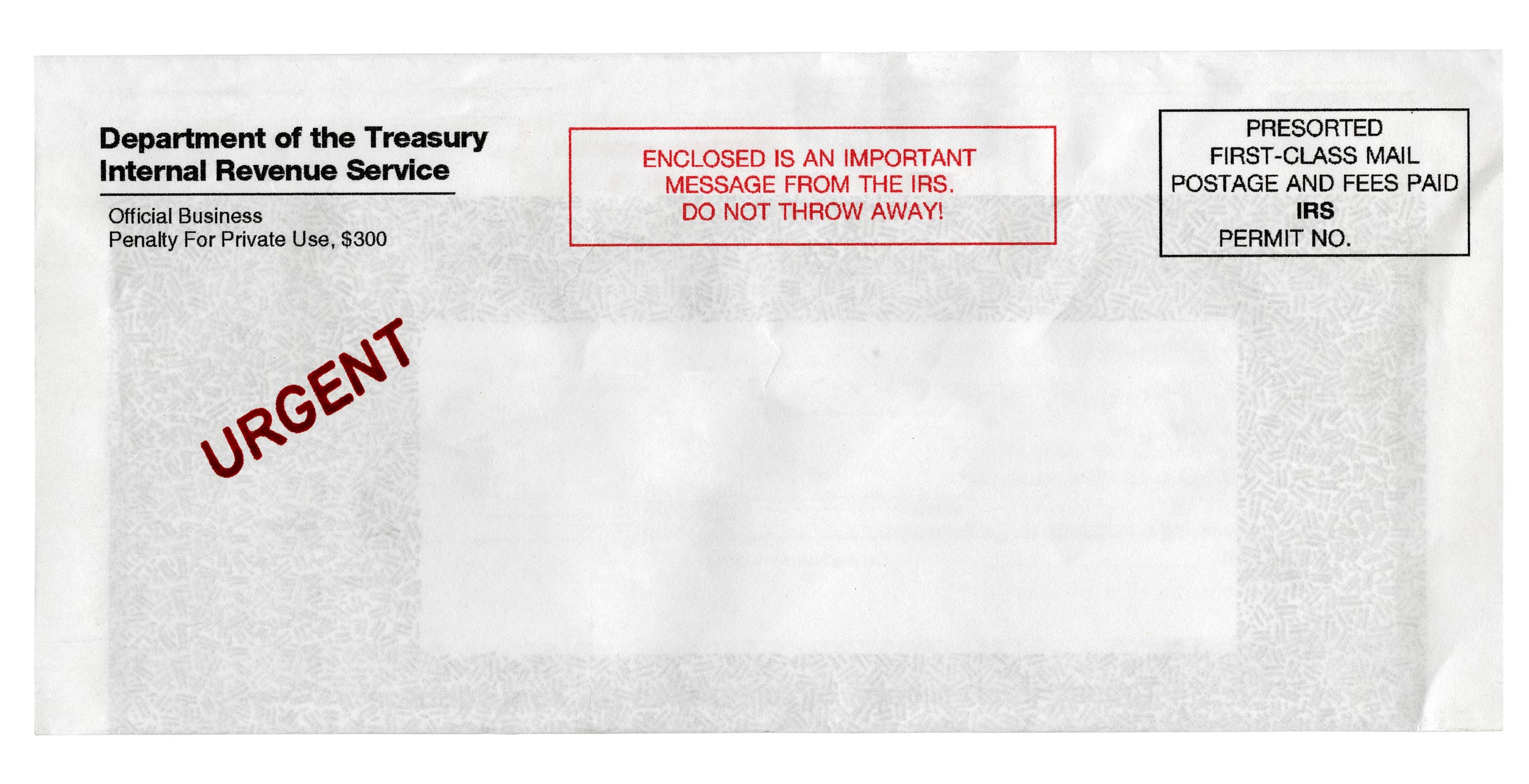Learning Center
Strategic Year-End Tax Moves: Boost Your Business Savings

As the calendar year concludes, small business owners are at a strategic point for financial management and optimizing tax strategies. This period is crucial for positioning your business advantageously by implementing tax-saving maneuvers that can significantly decrease your 2025 tax obligations. By maximizing deductions, optimizing cash flow, and adhering to tax deadlines, you can strengthen your business's financial standing for the new year. Decisive action before December 31 is paramount. Here's a year-end tax planning checklist designed to empower you in identifying and leveraging valuable tax-saving opportunities.
Invest in Equipment and Fixed Assets: Acquiring equipment, machinery, and other fixed assets and having them operational by December 31 can generate substantial tax deductions. Typically, these assets undergo capitalization and depreciation over time, but several methods allow for immediate deduction, including:
Section 179 Expensing – This provision enables you to deduct up to $2.5 million ($1.25 million for married filing separately) in costs for eligible tangible property and specific software placed into service in 2025. The deduction phases out for spending exceeding $4 million. Section 179 allows businesses to deduct the total cost of qualifying property upfront, covering machinery, equipment, software, and improvements to non-residential property, although not buildings or structural elements unless classified as "qualified real property." More than 50% of the property's use must be for business purposes, and it should be placed in service during the tax year claimed.
Bonus Depreciation – Revised under the OBBBA, the bonus depreciation rate now allows a full 100% deduction for qualifying property bought after January 19, 2025, modifying the previous 40% rate for 2025, and solidifying its permanence. This powerful tool lets businesses deduct the entire cost of qualifying assets in the year they're placed into service. Eligible property includes those with a MACRS life of 20 years or less, specific software, and select improvements. This flexibility benefits both new and previously utilized assets purchased and operational post-date.
De Minimis Safe Harbor – This rule permits immediate expensing of low-value items within your operations, circumventing traditional capitalization and depreciation. Businesses with applicable financial statements can write off up to $5,000 per item or invoice if accounted as expenses. Absent these statements, the threshold lowers to $2,500. The provision may provide notable deductions; for example, ten computers at $2,500 each enable a $25,000 deduction.
Optimize Year-end Inventory Management: Inventory plays a vital part in determining profit or loss, affecting your Cost of Goods Sold (COGS). COGS is calculated by adding purchases to the beginning inventory and then subtracting the ending inventory. Hence, the ending inventory value directly impacts the COGS. A higher ending inventory lowers COGS and increases taxable income, while a lower ending inventory lifts COGS, thus reducing taxable income. Year-end strategies include:
Writing down obsolete or slow-moving inventory can result in lower taxable income by acknowledging the inventory's devalued status as a financial loss.
Delaying new inventory purchases to the following year enables businesses to regulate their COGS effectively, optimizing that year’s financial results.

Leverage Retirement Plan Contributions: Beyond the significant tax benefits, retirement plan contributions bolsters future savings for business owners and employees. Self-employed individuals find plans like a Simplified Employee Pension (SEP) IRA highly beneficial, allowing contributions up to 25% of net self-employment earnings, capped at $70,000 for 2025. Notably, SEP IRAs provide the flexibility to contribute until the tax return filing deadline. For sole proprietors and freelancers, a Solo 401(k) offers dual-role contributions as both employer and employee, maximizing permissible contributions.
Employers aiming to enhance employee engagement and retention should consider end-year bonuses and additional retirement contributions, both deductible expenses. The result is tax savings coupled with increased employee satisfaction and loyalty.
Capitalize on the Qualified Business Income (QBI) Deduction: As year-end nears, it's vital to optimize the Sec 199A deduction, offering a potential 20% reduction on qualified business income. To ensure maximum deductions, review income levels to verify they fall below the $197,300 for single or $394,600 for married filing jointly thresholds (2025 figures) to prevent phase-outs. Additionally, adjusting a "working shareholder's" wages to meet industry norms, especially within S corporations, while investing in capital to benefit from Section 179 expensing is essential.
Review and Adjust Accounts Receivable: Evaluating your accounts receivable for bad debts can yield advantageous tax deductions. For accrual-based taxpayers, debts deductible in the year they become worthless need documentation proving collection efforts and debt worthlessness. This cautious management not only refines financial records but optimally tunes taxable income.
Prepay Expenses Strategically: Cozying up to year’s end, businesses should manage cash flow by prepaying expenses, trimming the year’s taxable income. Prepaid expenses—such as insurance, office supplies, and marketing—when paid by December 31, provide deductions especially effective for cash-accounting firms. IRS safe harbor rules permit up to 12 months of prepayment deductions, an attractive way to expedite deductions without hindering cash needs.

Income Deferral: Income deferral into the next year positions businesses beneath specific tax thresholds, optimizing outcomes. For cash basis entities, postponing client billing until post-year can defer income counting. Balance these decisions carefully to avoid adverse operational or relational impacts.
First-Year Business Considerations: Inaugural business year? Deduct up to $5,000 in both start-up and organizational expenses within this period. If such expenses exceed $50,000, deductions reduce proportionate to the excess. Undeducted expenses amortize over 15 years. 
Mitigate Underpayment Penalties: If 2025 taxes loom, preempt penalties by strategizing now. Quarterly penalties apply if estimated payments fall short. Quarter-end penalty reductions occur via 4th quarter segment payments. Withholdings, acknowledged proportionately through the year, can wipe earlier quarterly penalties. Solutions include hiking end-of-year withholdings, influencing spousal withholdings—or employing distributions with rollover strategies to correct withholding deficiencies.
Evaluate Business Structure: Year-end is appropriate for assessing your business entity type's suitability. Structures from sole proprietorships and LLCs to S or C Corporations vary in their tax and liability implications. Reconfirm your current approach or contemplate shifts to optimize benefits.
Conclusion: Year-end tax planning, while chiefly aimed at curbing income tax liabilities, fosters broader financial gains. Through income shifts, deductible optimizations, and strategic investments, companies can deftly lower taxable income and associated self-employment and payroll tax burdens. Such comprehensive plans enhance cash flow and reinforce financial grounding for subsequent business years. Before locking in strategies, consider consulting our office to ensure these multifaceted opportunities are maximized across all tax dimensions.
Sign up for our newsletter.
Each month, we will send you a roundup of our latest blog content covering the tax and accounting tips & insights you need to know.
We care about the protection of your data.